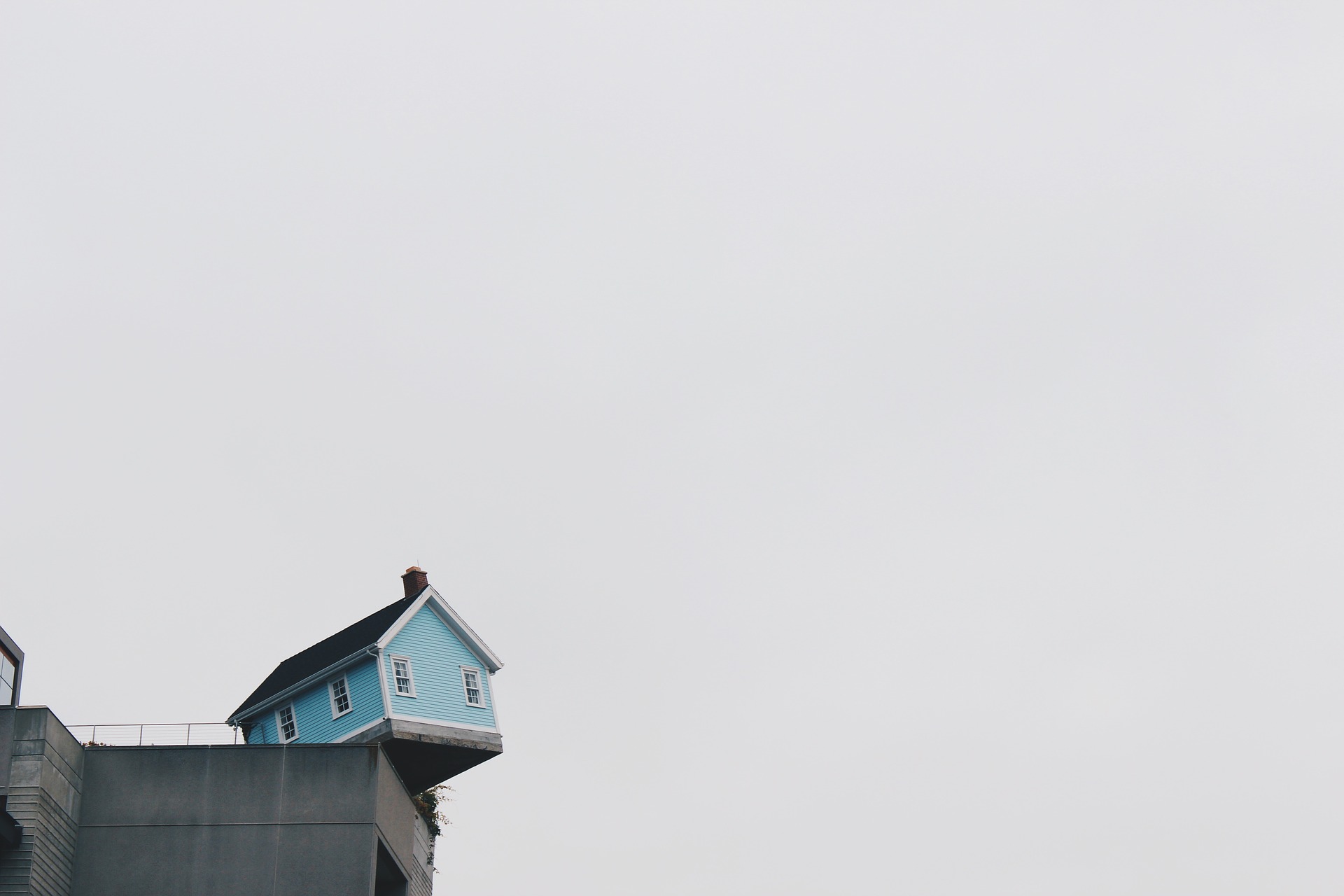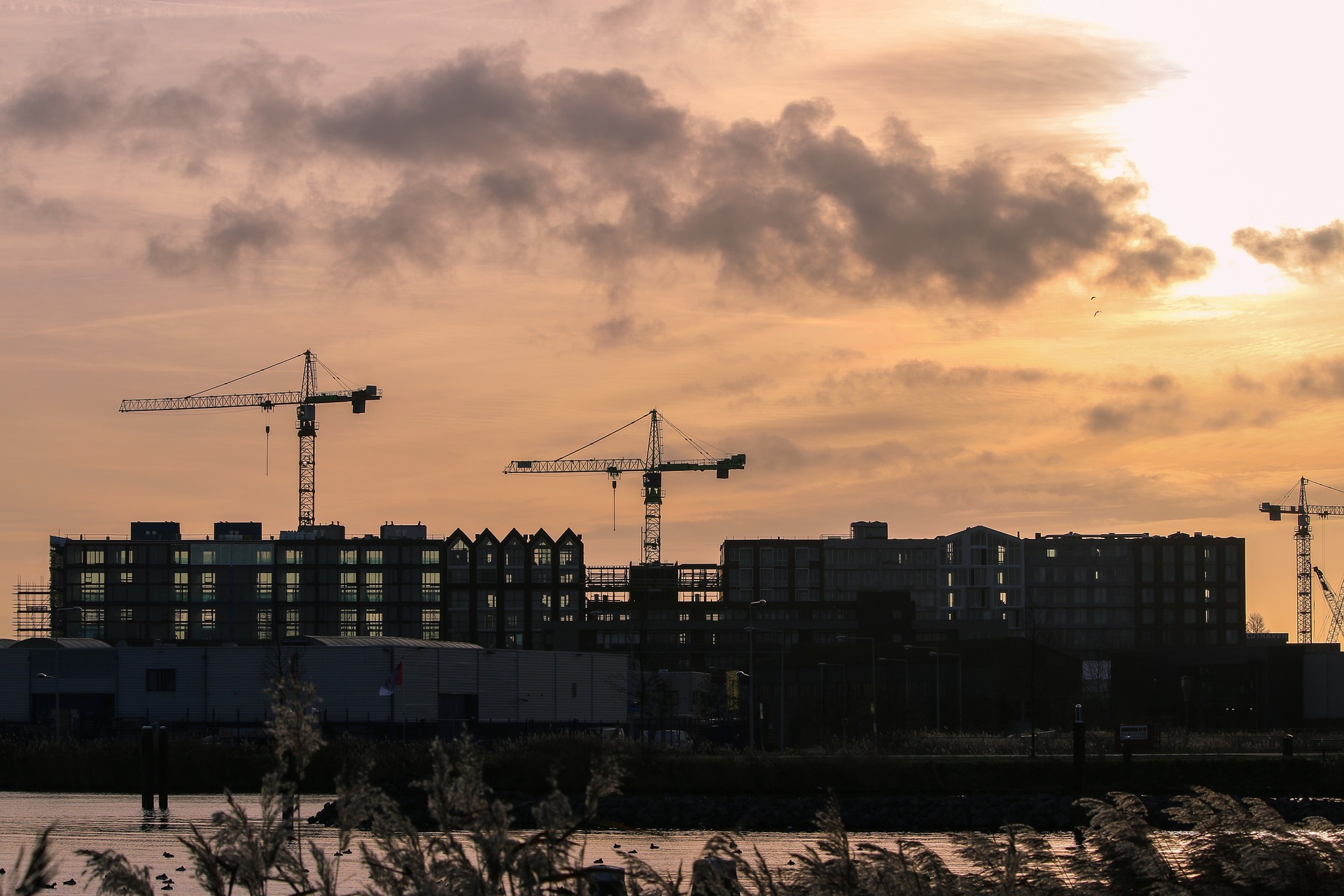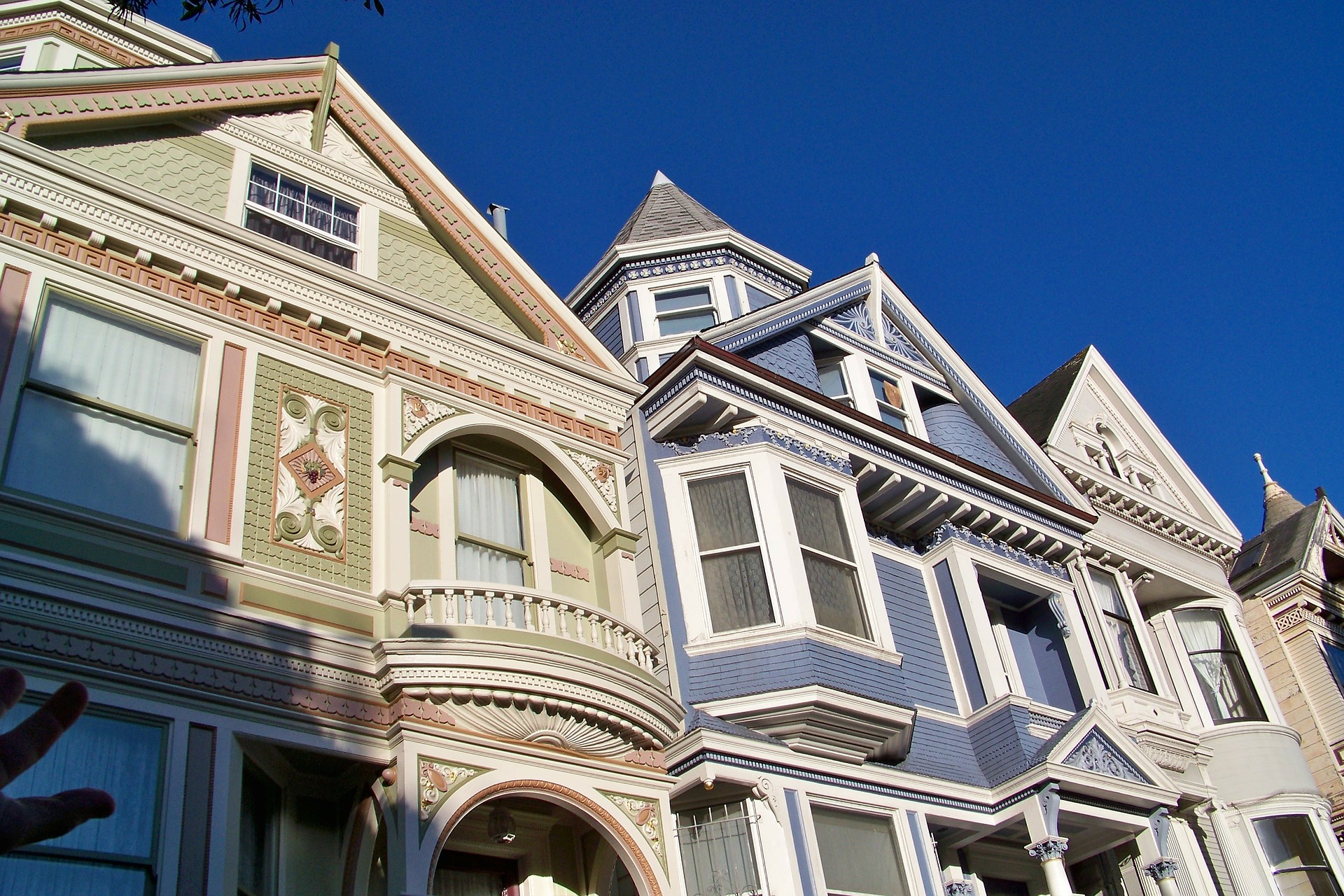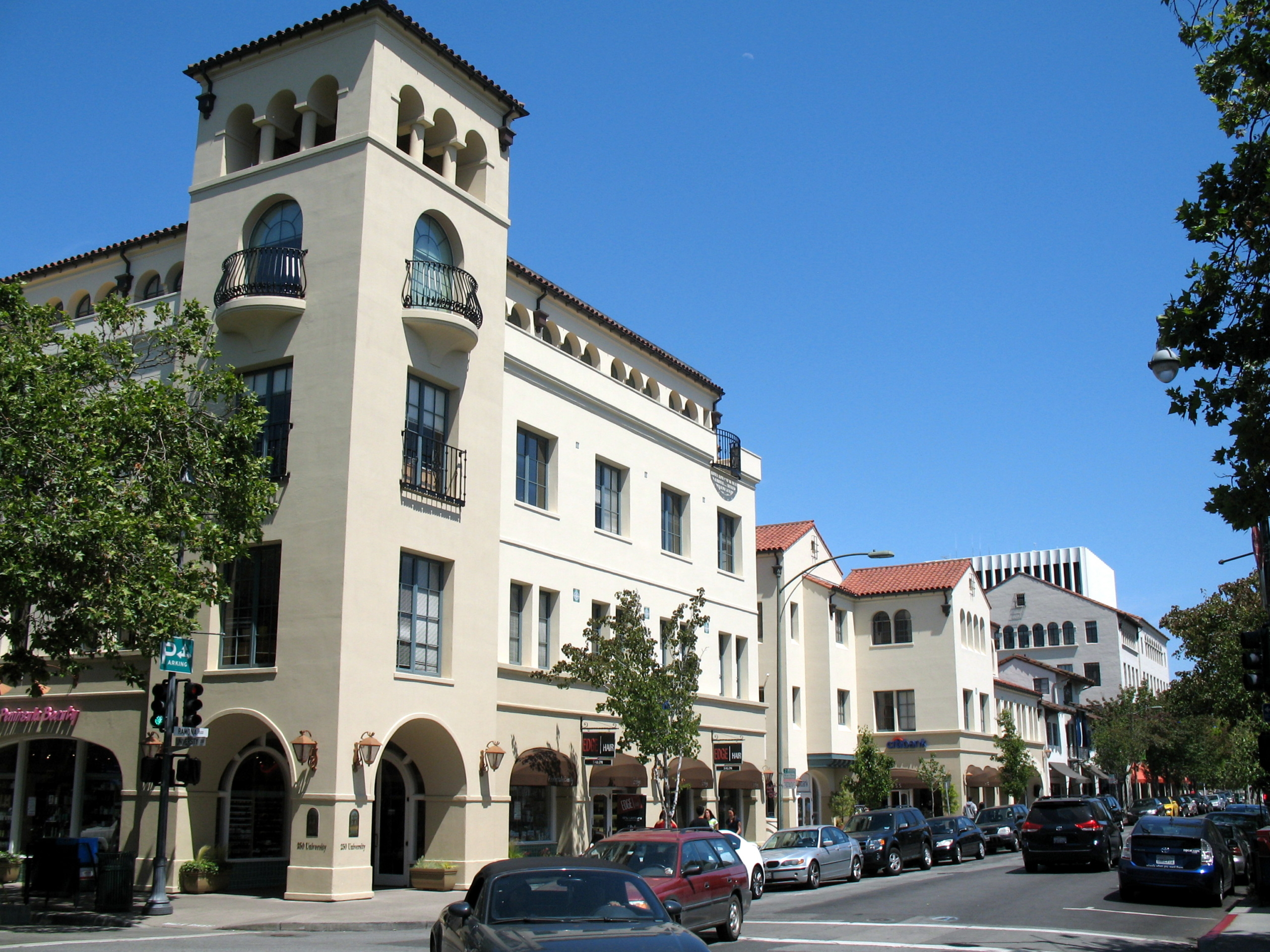
2020 Housing Bills: Legislation in an Age of Uncertainty
July 2020
Amidst profound uncertainty caused by the Coronavirus pandemic and new economic climate, California’s State Senate and Assembly have pressed ahead with a flurry of housing bills that attempt to address the state’s housing challenge. A number of these bills represent adaptations of earlier upzoning bills, including the heavy-handed SB-50 which failed in a Senate floor vote in January 2020. Other bills pursue developer bonuses and incentives for moderate-income and market rate housing, with little obvious benefit to lower-income households. These bills also create new complexities and potentially set up conflicts between local land use and state law — with no clear path for resolution.

Accessory Dwelling Unit Legislation: Promises and Potential Pitfalls
September 2019
With the ongoing affordable housing crisis in California, dozens of statewide bills have been proposed in the current legislative cycle. These include Senate Bills 330, 592 and 50. Among those currently proposed housing bills, four Assembly bills are under consideration that would affect statewide policy regulating accessory dwelling units (ADUs), also known as “granny flats.”

Senate Bill 592: A Dangerous Shift Toward Development Interests, and No Guarantee that Affordable Units Get Built
September 2019
Senate Bill 592 “The Housing Accountability Act” is a statewide bill intended to incentivize the development of affordable and moderate-income housing in California by limiting the powers of local governments to disapprove most housing developments. Under state law, “housing developments” include residential units, mixed-use developments with a primary residential component, transitional or supportive housing, and accessory dwelling units.

Senate Bill 330: Complicates Development But Does Not Solve Housing Challenges
August 2019
Senate Bill 330 “The Housing Crisis Act of 2019” is a statewide bill intended to reduce the time it takes to approve housing developments in California. Under state law, “housing developments” include residential units, mixed-use with a large residential component, and transitional or supportive housing.

A Comparison Between SB-50 and Palo Alto’s New Housing Ordinance
May 2019
This report shows the total number of units that could be added under SB-50 and under the new housing ordinance in Palo Alto (adopted in May 2019), as well as where these changes could occur.

Senate Bill 50: Impacts on Palo Alto
April 2019
California Senate Bill 50 (SB-50) is designed to incentivize higher density housing development near major transit stops, major bus routes, and in “areas of high-opportunity close to jobs” throughout California. The Bill requires local governments to grant “equitable communities incentives” waiving certain local zoning rules for housing projects that include a minimum number of affordable units.

Senate Bill 827 Analysis
March 2019
California Senate Bill 827 was introduced in January 2018 and was designed to incentivize housing development near major transit stops and routes throughout California. The bill, as currently written, would “upzone” properties within ½ mile of a “Major Transit Stop” or with ¼ mile of a “High Quality Transit Corridor” (defined below). These parcels would be exempt from any local controls on housing density (including floor area ratios), would remove any parking minimum requirements, and would also change maximum allowable building height limits to between 45 and 85 feet in some places.
